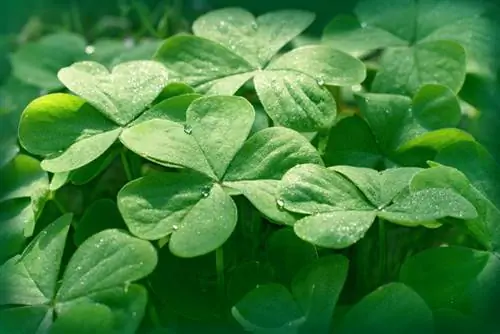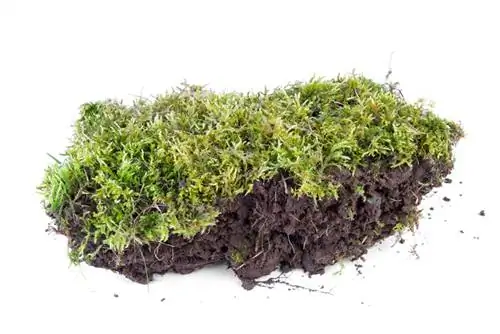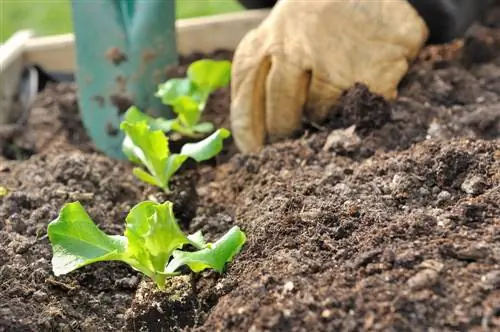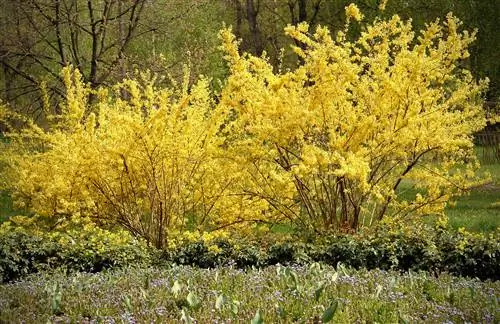- Author admin [email protected].
- Public 2023-12-16 16:46.
- Last modified 2025-01-23 11:20.
Sometimes the term “indicator plant” comes up when talking about clover in the garden. It is worth knowing this topic because it can make some soil analyzes unnecessary.

As an indicator plant, what does clover say about the garden soil?
Clover as an indicator plant is an indication of the nature of the soil: white clover indicates lime-rich soil, while red (sorrel) clover indicates lime-poor, shady soil. To combat clover in the lawn, garden lime, lawn fertilizer or scarifying can be used.
What the term indicator plants is all about
Indicator plants refer to certain plant species that can only thrive in a location with a relatively specific quality of soil, light and water supply. There are therefore so-called indicator plants for the most diverse criteria of a location:
- Kalkarmut
- Limestone we alth
- Nitrogen content
- humous soil
- lean soil
With white clover, for example, it is said that it can indicate a rather calcareous soil at its location. However, white clover vegetation says nothing about the nitrogen content, as this popular green fertilizer can itself bind nitrogen from the air.
The red clover as an indicator plant
Sometimes white clover is perceived as an annoying nuisance in a lawn when it is not itself serving as a replacement for lawn. Most of the time, annoying nests of clover in the lawn are the wood sorrel of the genus Oxalis, which also has a distinctly different color and its typically reddish leaves. This is considered an indicator plant for soil with a low calcium content and also for shady locations. It often spreads successfully in a lawn area when the grass is already significantly weakened by factors such as lack of nutrients or lack of light.
Fighting clover in the lawn properly
One way to combat red wood sorrel in the lawn is to sprinkle garden lime. The most important thing, however, is to displace the clover through targeted lawn fertilization. You can also pull types of clover such as red and white clover out of the ground with a scarifier. Be sure to fill the resulting empty spaces again with fresh, fine-crumbly soil and germinable grass seeds. To prevent clover from spreading extensively in the lawn or bed, individual specimens should be located at an early stage and plucked out deeply.
Tip
It is often not just soil deficiencies that are the reason for the growth of clover in the lawn. Perhaps the grass in your garden has been weakened by the lawn mower cutting depth being too low. In this case, let the lawn grow a little higher, as the clover also copes well with low growth heights.






